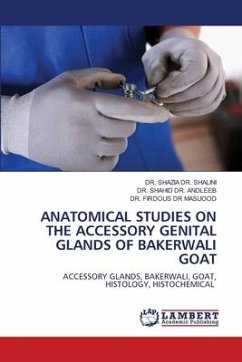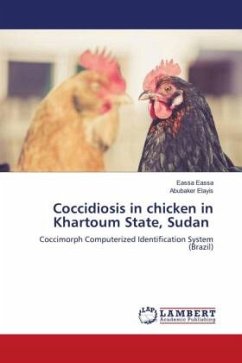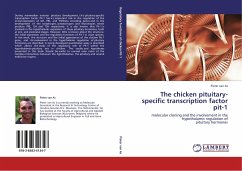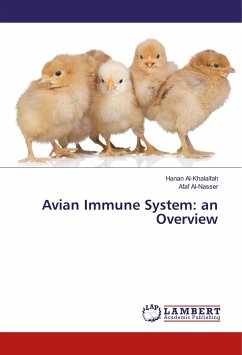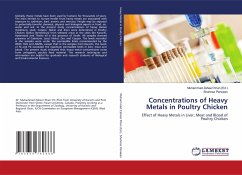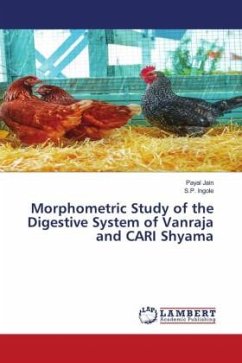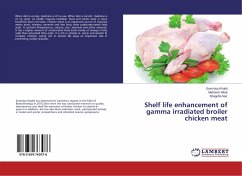
Histochemical studies on the Bursa of Fabricius in Chicken
Versandkostenfrei!
Versandfertig in 6-10 Tagen
36,99 €
inkl. MwSt.

PAYBACK Punkte
18 °P sammeln!
Chicken is a foundational model for immunological research and continues to be a valuable animal model for insights into immune function. Unlike other vertebrates, avian species have two discrete primary lymphoid organs, the thymus in which T-lymphocytes develop and responsible for cell mediated immunity (CMI) and the bursa of Fabricius, the primary site for B-lymphopoiesis which is responsible for humoral immunity. Histoenzymic distribution of phosphatases, dehydrogenases, oxidases and esterase was demonstrated in all the age groups studied. Tunica muscularis, cytoplasm of cortical and medull...
Chicken is a foundational model for immunological research and continues to be a valuable animal model for insights into immune function. Unlike other vertebrates, avian species have two discrete primary lymphoid organs, the thymus in which T-lymphocytes develop and responsible for cell mediated immunity (CMI) and the bursa of Fabricius, the primary site for B-lymphopoiesis which is responsible for humoral immunity. Histoenzymic distribution of phosphatases, dehydrogenases, oxidases and esterase was demonstrated in all the age groups studied. Tunica muscularis, cytoplasm of cortical and medullary lymphocytes, epithelium lining the plicae and in the cortico-medullary junction and star shaped cells in the medulla of some follicles showed positive reaction for all dehydrogenases. Bursal tissue showed mild to moderate reaction for phosphatases, oxidases and esterase enzyme. Flow cytometric analysis of Bu-1a+ B-cell count and CD3+, CD4+ and CD8+ T-cell count was done in the bursa of broiler chicken of different age groups in both vaccinated and non-vaccinated birds.



